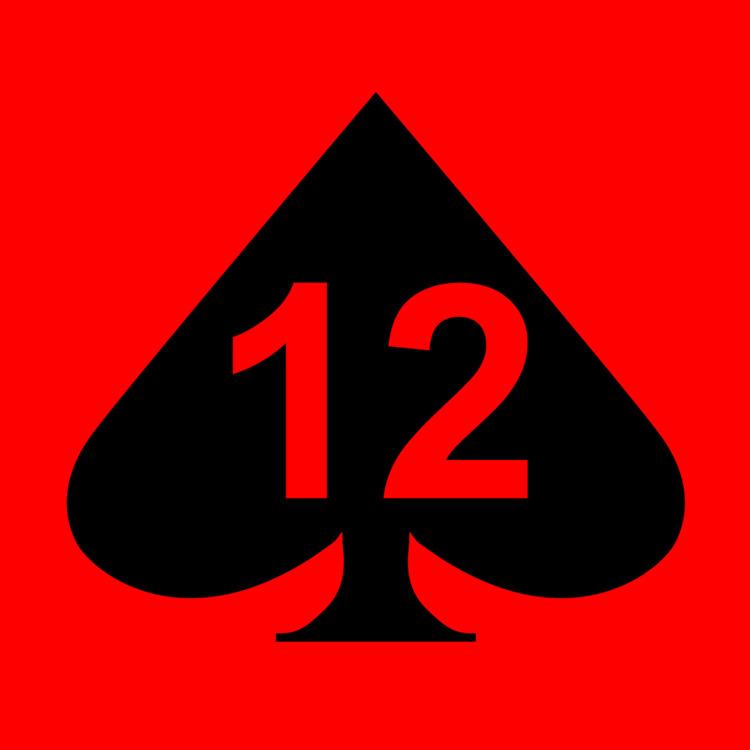Active 1899 – present day Branch British Army Garrison/HQ Bulford Camp | Country United Kingdom Type Mechanized infantry | |
 | ||
Part of 3rd (United Kingdom) Division | ||
The 12th Armoured Infantry Brigade, formerly the 12th Mechanized Brigade, is a regular British Army brigade which has been in existence since 1899 and now forms part of 3rd Mechanised Division.
Contents
Second Boer War
The brigade was first formed in December 1899 as 12th Infantry Brigade and saw action at the Battle of Rensburg, Battle of Norval's Point, Battle of Biddulph's Berg and Battle of Slabbert's Nek.
First World War
During the First World War, the 12th Infantry Brigade, a regular army formation, was assigned to the 4th Infantry Division. It was dispatched to France, crossing the English Channel on 22 August 1914, as part of the British Expeditionary Force (BEF) and saw action in the First Battle of the Marne beginning in September 1914. It then spent much of the rest of the conflict engaged in trench warfare.
Brigade units during the First World War included:
From early November 1915 until February 1916 the 12th Brigade was swapped with the 107th Brigade of the 36th (Ulster) Division.
Second World War
During the Second World War, except for a few brief periods of detachment, the brigade formed part of the 4th Infantry Division, as in the First World War. It was part of the British Expeditionary Force (BEF) and took part in the Dunkirk evacuation in May 1940. The brigade remained in the United Kingdom for the next two years, preparing and training to repel Operation Sea Lion, the German invasion of England, although that never arrived. It moved to North Africa in February 1943 to take part in the later stages of the Tunisia Campaign and saw action at the Battle of Oved Zara, the Battle of Medjez Plain and the Battle of Tunis. It then took part in the Italian Campaign, moving to Naples in February 1944 and saw further action at the Fourth Battle of Monte Cassino. By October 1944 the 4th Division was taking part in the British Eighth Army's battle on the Gothic Line but was withdrawn in November to spend the rest of the war in Greece, part of the Allied force tasked to prevent civil unrest as rival factions attempted to fill the political vacuum when the Germans withdrew from the country.
Order of battle
The 12th Infantry Brigade was constituted as follows during the war:
Commanders
The following officers commanded the brigade during the war:
Post-1945
The Brigade was disbanded in March 1947, but reformed from 91 Lorried Infantry Brigade in April 1956. During the 1970s, it was one of two "square" brigades assigned to 2nd Armoured Division. After being briefly converted to "Task Force Delta" in the late 1970s, the brigade was reinstated in 1981, assigned to 1st Armoured Division and based at Quebec Barracks at Osnabrück. It remained with 1st Armoured Division, apart from a spell under HQ 3rd Armoured Division during Operation Granby, until disbandment under Options for Change. Following the Strategic Defence Review in 1998, the brigade was reformed in mechanized form under 3rd Mechanised Division at Aldershot Garrison: it relocated to Ward Barracks in Bulford Camp in February 2004.
Current formation
The brigade headquarters, with two battle groups – the 1st Battalion The Royal Anglian Regiment and the 1st Battalion The Grenadier Guards – deployed to Afghanistan in 2007 to form the headquarters and main infantry combat units of Task Force Helmand as a part of the NATO International Security Assistance Force. Under Army 2020, its headquarters remains at Bulford and it forms part of the Reaction Force. It has been renamed 12th Armoured Infantry Brigade and includes the following units:
Brigade Commanders
Recent commanders have included:
